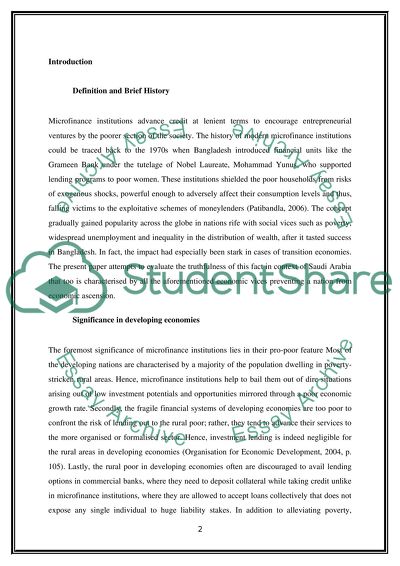Cite this document
(“Microfinance Dissertation Example | Topics and Well Written Essays - 4000 words”, n.d.)
Retrieved from https://studentshare.org/finance-accounting/1419217-microfinance
Retrieved from https://studentshare.org/finance-accounting/1419217-microfinance
(Microfinance Dissertation Example | Topics and Well Written Essays - 4000 Words)
https://studentshare.org/finance-accounting/1419217-microfinance.
https://studentshare.org/finance-accounting/1419217-microfinance.
“Microfinance Dissertation Example | Topics and Well Written Essays - 4000 Words”, n.d. https://studentshare.org/finance-accounting/1419217-microfinance.


